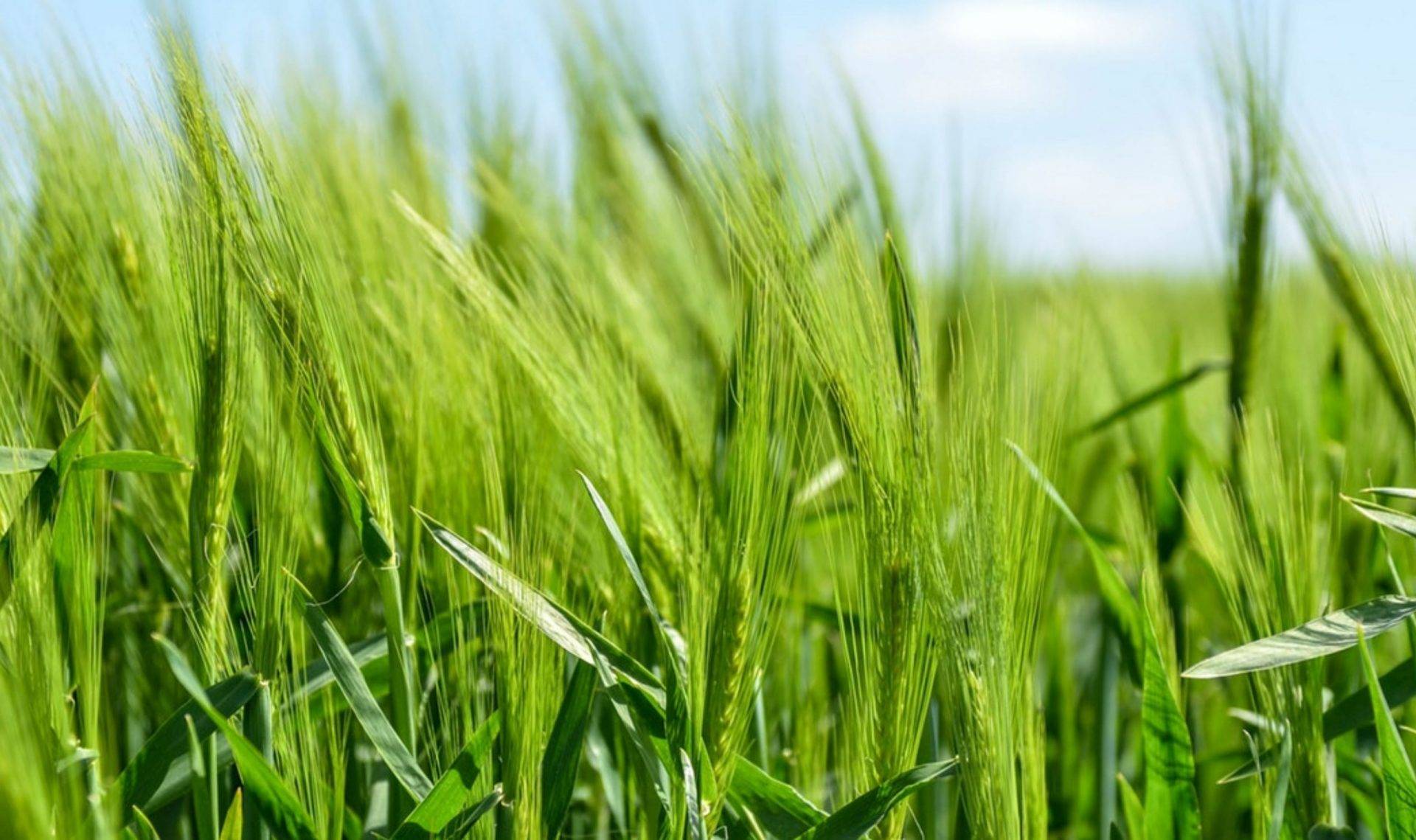IoT Could Solve Kenya’s Food Contamination Issues

Recent reports by various media stations have suggested that some farm produce that Kenyans ingest could be contaminated resulting in terminal illnesses. From produce that has been overly sprayed by pesticides or too much use of commercial fertilizers, illnesses like cancer are becoming more common.
Experts have suggested that the use of IoT in measuring farm inputs, tracking the relay from farm to fork could aid in curbing contamination of food entering into the food market.
Kurtis Unger, who is an IoT specialist at Nairobi based technology hardware company BRCK, sees the importance of having technology and data in determining what is going on to your plate.
“Hopefully [with IoT use] we will see reduction in fertilizer use and increase in for farmers. It would see the profits of the farmer go up while minimizing the risks,” Unger said.
The output of data generated from all the sensors could also improve a farmer’s standing in relation to the quality of his or her output, Unger said. This could lead to verifiable information on what is going on to the Kenyan plate and also improve export chances of the produce.
Moreover, data from such technologies could also help in zeroing in on farmers who do not adhere to safe practices.
The opportunities of having IoT work for the farmers are growing by the day. In August last year, Liquid Telecom launched is countrywide Sigfox Low Power Wide Area Network (LPWAN) network ensuring a low-cost solution for innovators.
Rolling IoT through Wifi or internet networks tends to be expensive compared to dedicated IoT networks. Liquid Telecom’s network will cost Sh100 ($1) per year per device or sensor.
Telecom leader, Safaricom is also seeking to launch its narrowband IoT network to help commercial and industrial companies handle logistics initially. Network availability is one part of the two-part puzzle to make IoT a reality.
General IoT rollout
According to Unger, many cases could be supported by the use of technology in farming.
Unger talked about using technology to track food, control temperature for produce that needs long-distance transport, map out pest and disease patterns.
“We need temperature and humidity and weather patterns. Something that would cost less than 100 dollars and would not need wifi,” he added.
He gave an example of how farmers would want to digitize their greenhouses and trigger irrigation remotely, once they evaluate the temperature and humidity. And this can happen through simple technology like text messages.
Illuminum Greenhouses is already pioneering such technology through their smart greenhouses. Their solution is now forging a new way of doing farming.
“In Kenya, there are like five weather stations, and the data from them is closed and might not be relevant to most areas in Kenya,” Unger said.
“What we want to do is create a mini weather station that will do quality over quantity. What we want to do is measure rainfall, temperature, wind speed and wind direction,” he explained.
A basic, low-cost weather station that can be easily replaced, could prove beneficial – cost-wise – to farmers who need these metrics.
“Farmers would need a much lower cost solution that what we would find in the market,” he cautioned.
Nokia through its Worldwide IOT Network Grid (WING) programme is seeking to enter into the IoT farming arena and improve the fortunes of farmers. Currently, it is running a pilot programme in Algeria, where it is monitoring how irrigation mechanisms can be controlled through the use of technology.
According to Ankur Bhan, founder and head of WING the programme will operate in subscription mode to protect farmers from high prices of sensors and network costs.
“We are already making impact in the market, and we have already signed major IoT players in the market, like AT&T, Djezzy and Telecom Egypt,” Bhan said in an interview.
“We are helping the farmers in Algeria improve their crop yield and reduce their irrigation and water costs quite significantly,” he said. WING uses sensor technologies in collaboration with operators’ network to get the workflow automation and take action from the data from these sensors he said.
Bhan is confident that IoT in farming could better the farming outputs from African farms, and the data generated could help in policy formulation.